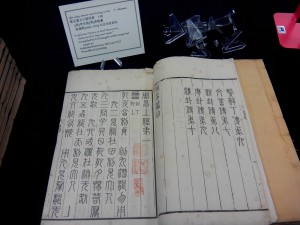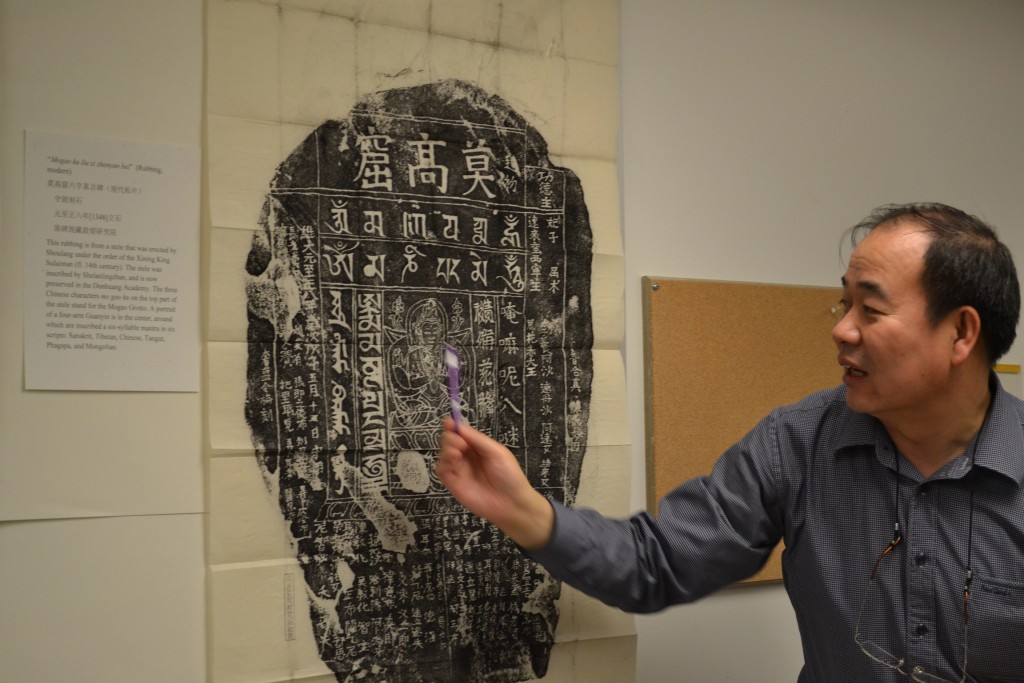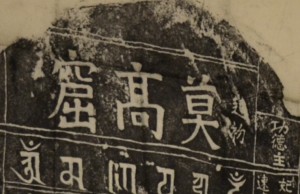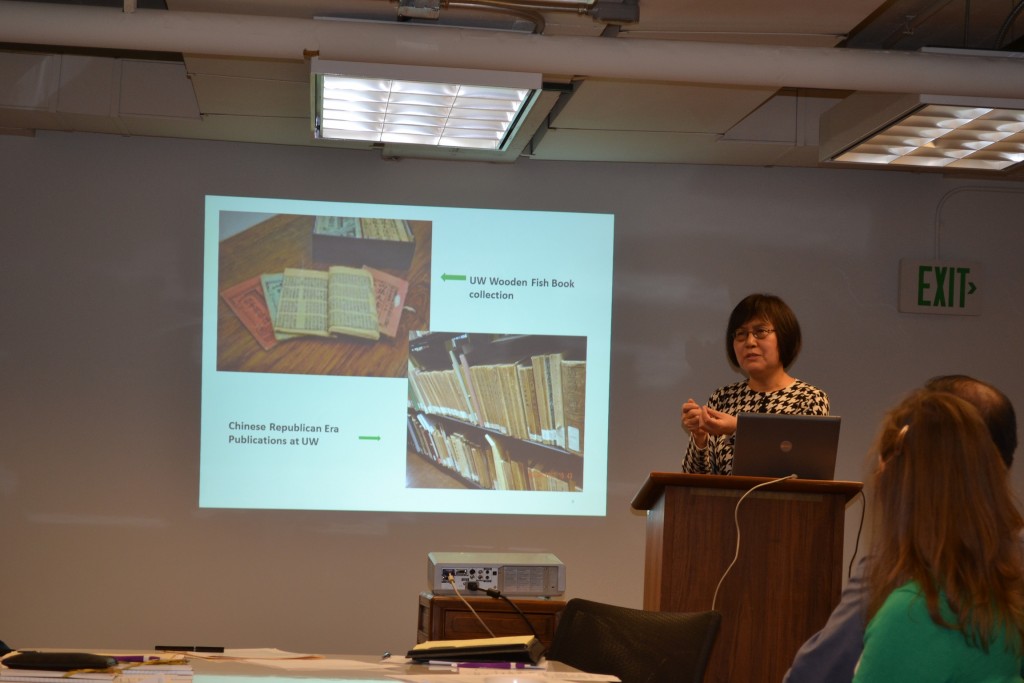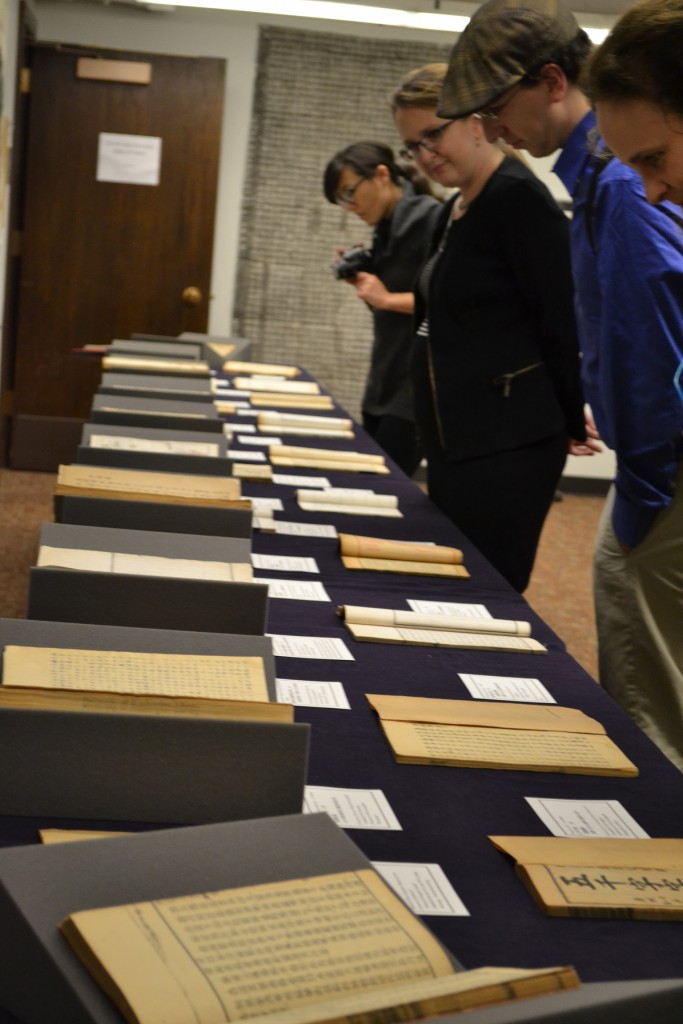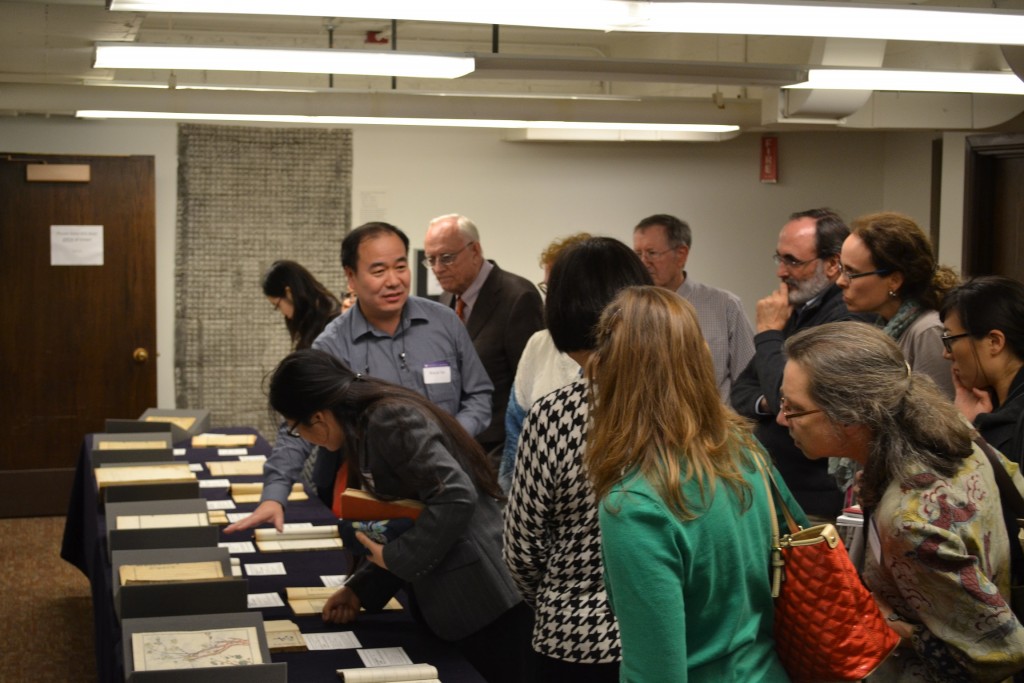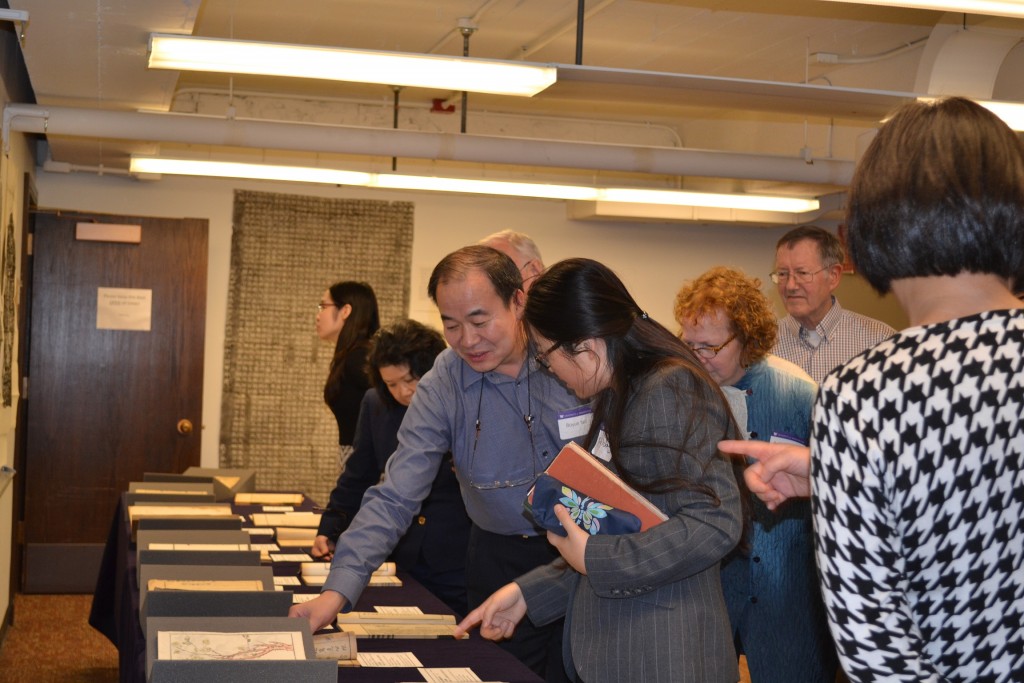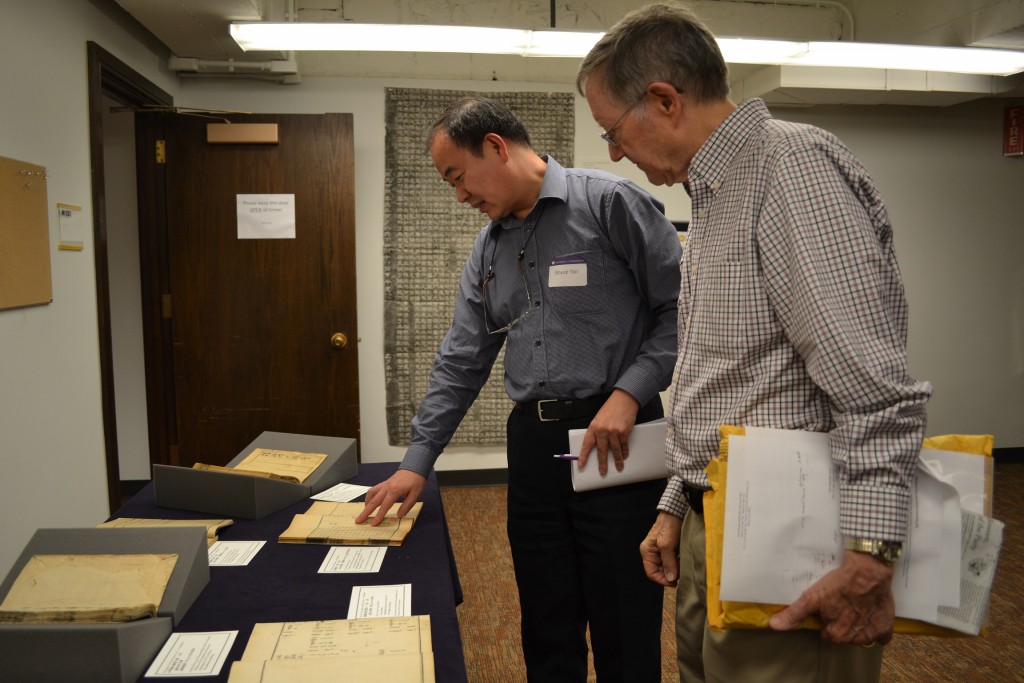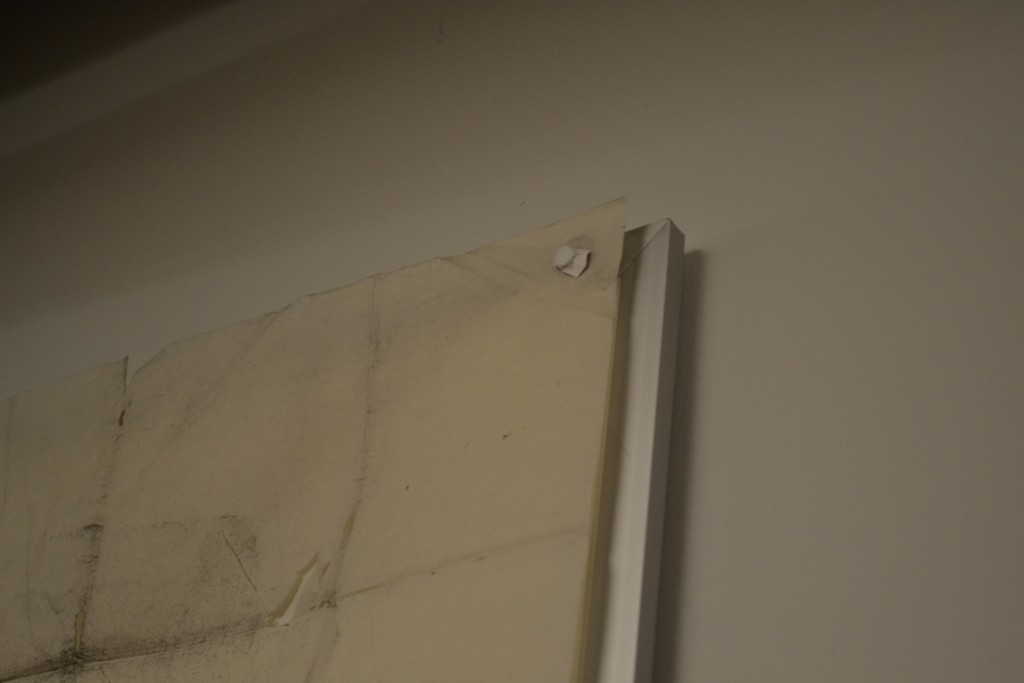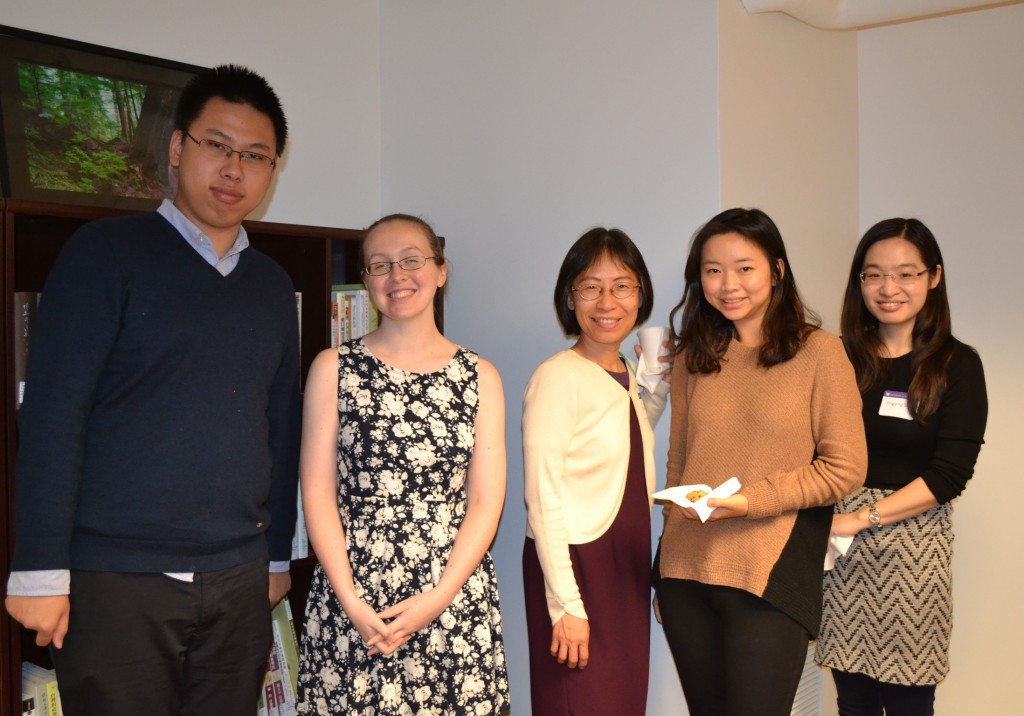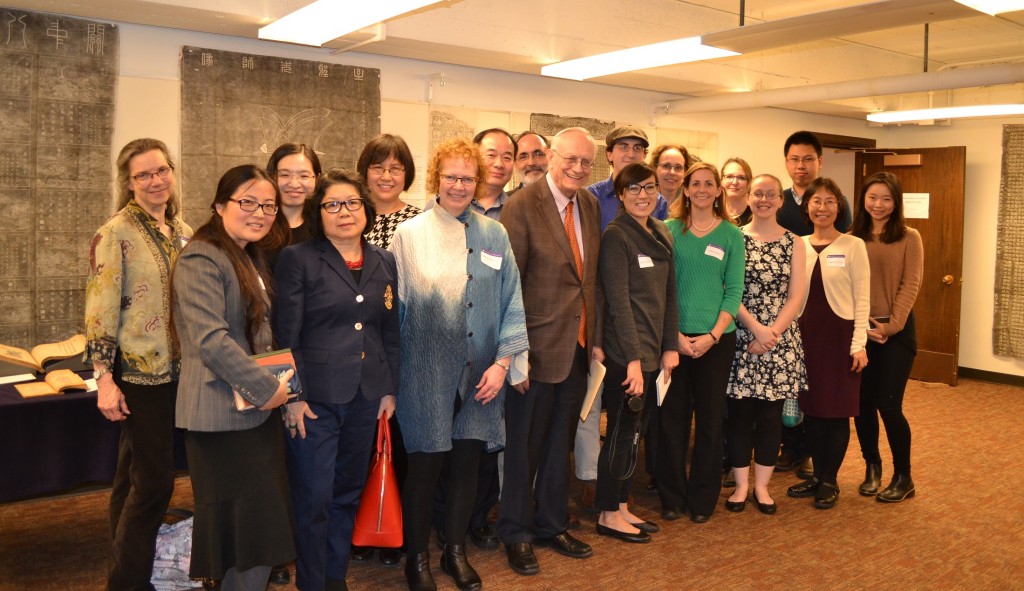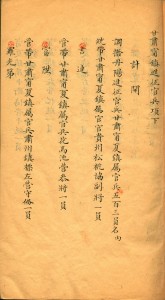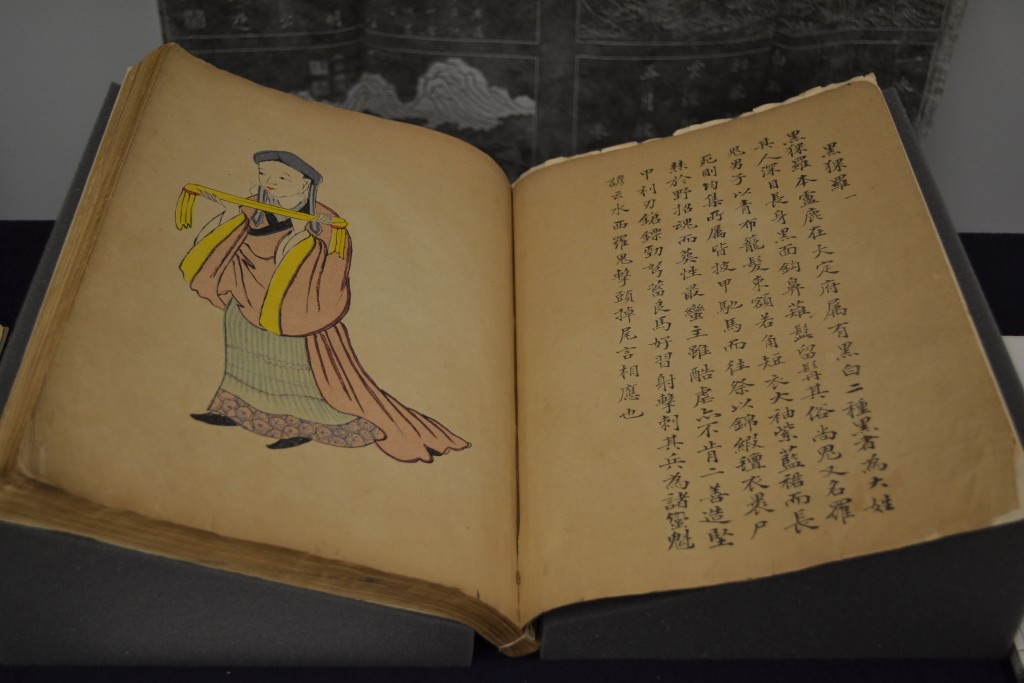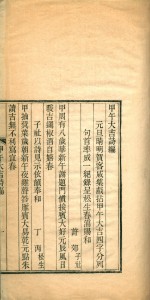Eleven rare woodblock editions published between 1662 and 1722 (the reign period of the Qing dynasty Kanxi Emperor) were discovered and cataloged at UW as part of this CLIR project. Here are a few examples:
欽定篆文六經四書 (Qin ding zhuan wen liu jing si shu)
《欽定篆文六經四書》 七冊
(清)李光地[等]奉敕纂
清康熙[1662-1722] 北京內府刻本
“Confucian classics in seal characters, authorized by imperial order” (7 volumes)
Compiled by Li Guandi under imperial auspices
Published in Beijing between 1662 and 1722
Woodblock printing
韋齋集 (Weizhai ji)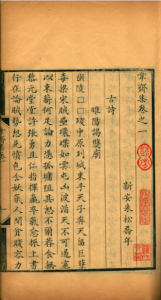
《韋齋集》 十二卷, 四冊
朱松
清康熙四十九年[1710]朱昌辰等刻本
“Collected works of Weizhai” (12 chapters in 4 volumes)
By Zhu Song (also known as Zhu Weizhai)
Published in 1710 by Zhu Changchen
Woodblock printing
温飛卿詩集 (Wen Feiqing shi ji)
《温飛卿詩集》 四冊
温庭筠
清康熙[1697-1722]刻本
“Collected poems of Wen Feiqing” (4 volumes)
By Wen Tingyun (also known as Wen Feiqing)
Published between 1697 and 1722; publisher unknown
Woodblock printing

